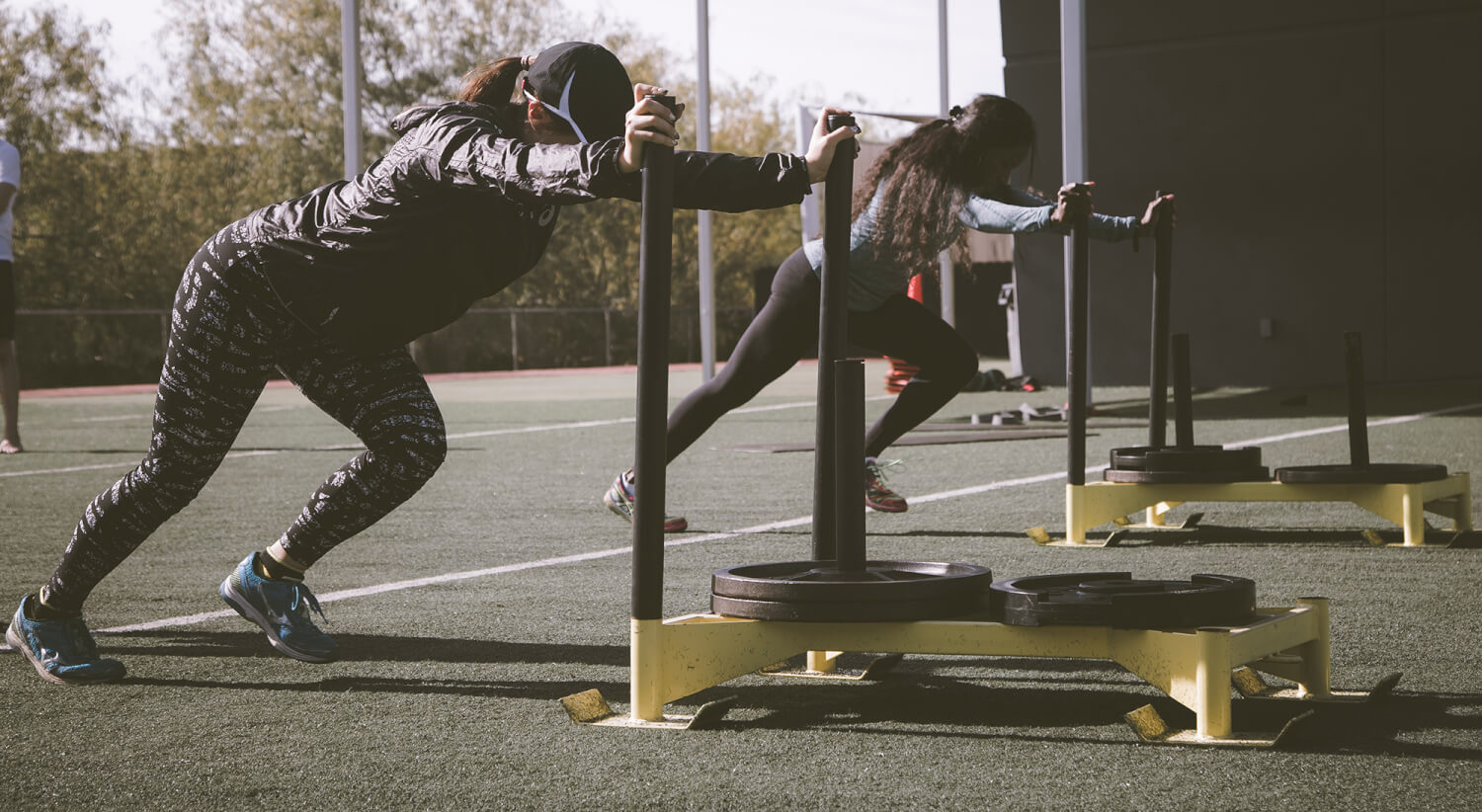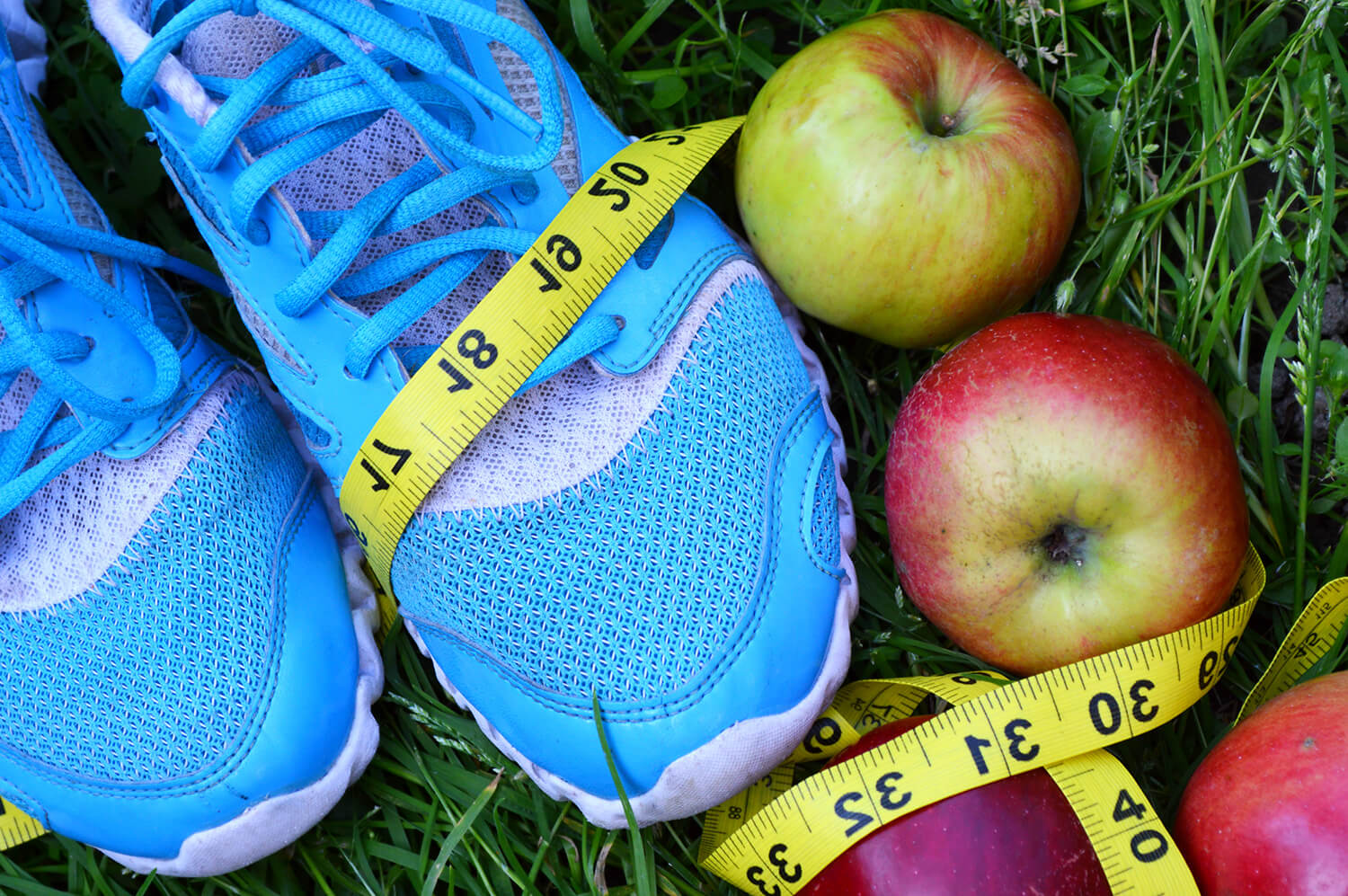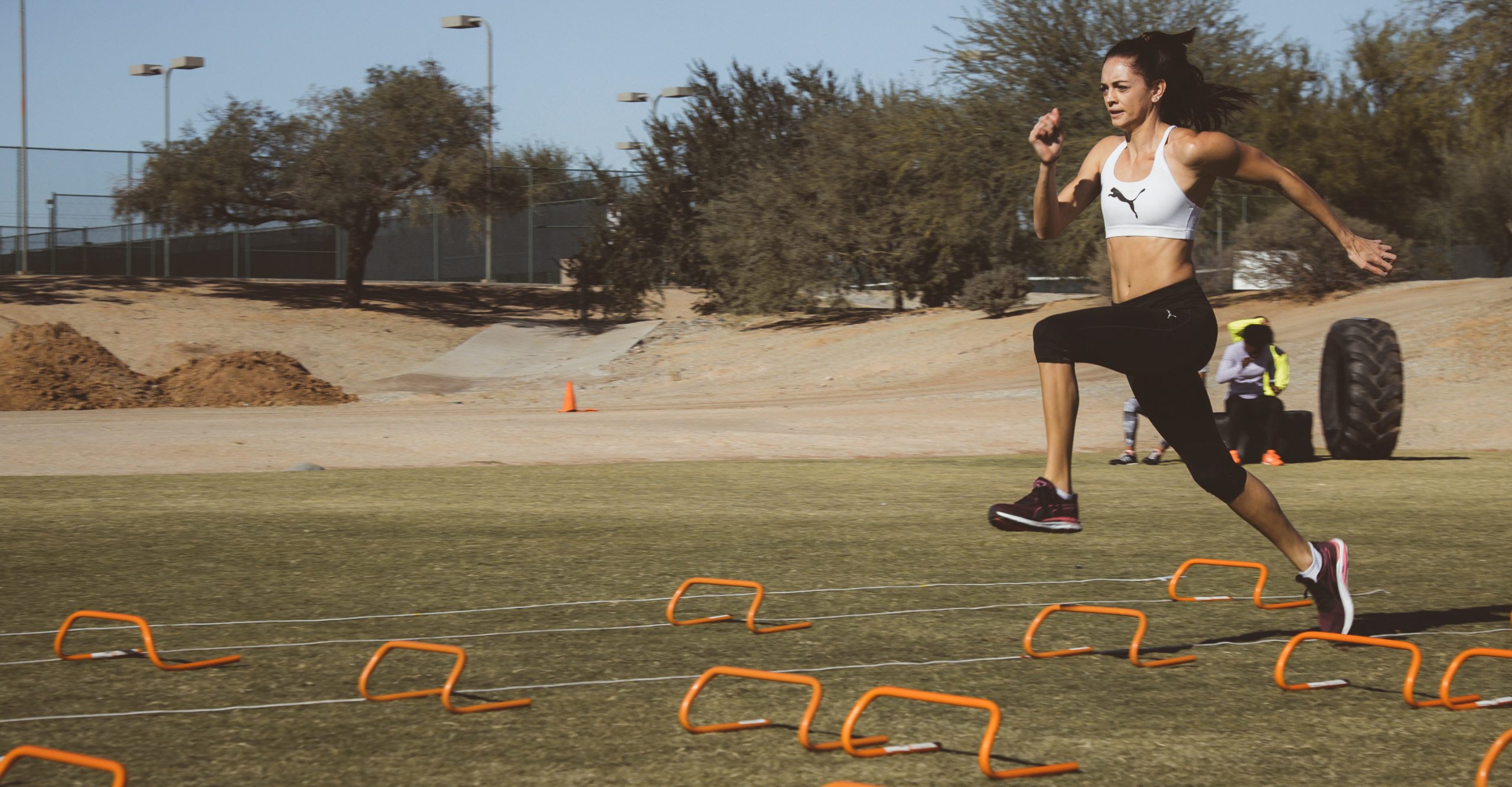
Editor’s Note: This post was updated on September 14,, 2018, for accuracy and comprehensiveness. It was originally published on January 27, 2016.
Your body is a wonderfully complex machine. Without any conscious direction from you, your body manages to convert food into energy, regulate your body temperature, create new cells, remove waste, and perform thousands of other processes to keep you alive and healthy.
Because your body is such a complex machine, a lot of misconceptions and half-truths exist about how it works, especially when it comes to muscle and fat. This makes it hard to figure out what’s true and what isn’t when it comes to body composition, especially since nowadays there seems to be a supplement for everything and a steady stream of late-night infomercials claiming to have the next greatest invention for fat loss or muscle gain.
To help shed some light on these issues and cut through the clutter, we’ve collected a few key points about muscle and fat for you to take away to help you make the right decisions when you are ready to get healthier and optimize your body composition.
#1: Muscle Isn’t Just for Strong Bodies

Image Source: Flickr
Many people think that muscle gain is only necessary if you’re an athlete. Why would you need to be stronger if you’re not a competitive athlete? Not everyone needs to fight off an opposing defensive back (or wants to muscular), but everyone needs to be able to fight off infection.
What does muscle have to do with infection? Quite a lot actually.
Protein is a important macronutrient that your body needs in order to function properly. Muscle is made up of primarily water and protein content. When your body enters a stressed state (becomes sick), your body’s protein demands suddenly skyrocket, up to four times the amount it normally requires in the event of serious trauma.
If your body does not get the necessary protein it needs from your diet, it will look to your muscles – which your body can treat as large protein reserves – and begin breaking them down. If your muscles aren’t sufficiently developed or underdeveloped, you will have a reduced ability and strength to fight off current infections and may be more susceptible to future ones, especially in serious cases. According to the American Journal of Clinical Nutrition:
If there is a preexisting deficiency of muscle mass before trauma, the acute loss of muscle mass and function may push an individual over a threshold that makes recovery of normal function unlikely to ever occur.
The key takeaway: focusing on muscle gain may pay big dividends down the road with recovery in strength and function.
#2: There’s 2 types of Fat – and one is really dangerous

Most people know that being overweight can lead to health problems over the long term, but not many people know why. Current research is now revealing that your fat mass isn’t just empty weight like a bag of sand, but is in fact metabolically active tissue that acts like an organ inside your body.
But unlike the other organs inside your body that are designed to help keep your body in proper condition, excess visceral fat works to sabotage it.
According to Harvard University, fat mass, and particularly visceral (belly) fat, can have significant negative effects on your health. Visceral fat spreads certain types of chemical called cytokines into the body, and although cytokines aren’t by their nature harmful, the types of cytokines emitted by fat can have serious repercussions on insulin resistance, cholesterol level, and blood pressure.
Over time, visceral fat can lead to developing serious diseases like cardiovascular disease and type 2 diabetes. For skinny fat individuals, they may not be aware their high visceral fat level puts them at risk for these disease because visually they look “healthy” in comparison to obese individuals. In actuality, they share similar health risks. Fortunately, working to reduce fat mass in your body can help reduce some of these harmful effects visceral fat can have.
#3: “Lean Mass” Isn’t the Same as “Muscle”

Lean Mass. Lean Body Mass. Muscle Mass. Skeletal Muscle Mass. It can be really easy to get lost in all these same-sounding terms. Are they all the same?
The most common mistake is when people use the term “lean mass” and when talking about increasing it – “lean gains.” Many people equate muscle mass with lean mass, which is only partially correct.
While it is true that if you develop your muscles you are developing lean mass, that doesn’t mean that your muscle gains are lean gains. Lean Body Mass is different from skeletal muscle in that Lean Body Mass includes the weight attributed to muscle, body water, bone, and everything else that isn’t fat. To illustrate, take a look at the body composition breakdown of this 162-pound male:
Note that this subject has a Lean Body Mass of 128.5 pounds, the majority of which is reflected by Total Body Water. The actual muscle that people try to develop in the gym – skeletal muscle – only accounts for 73.2 pounds of body weight.
While it isn’t likely that the weight of your organs or bones will change significantly, your muscles and water can change in volume and mass depending on a variety of circumstances. Because Lean Body Mass includes body water, increasing your weight by hydrating your cells with sufficient intracellular water is also technically a “lean gain.”
Another way of thinking about it: All muscle gains are lean mass gains, but not all lean mass gains are muscle gains. Get it?
#4: Muscle Doesn’t Become Fat

Admit it– you were pretty sure it didn’t work like this, but you sometimes catch yourself saying that your muscle turned into fat.
Although your body is an amazing machine, there is no process by which your body converts muscle to fat. Many people comment that their muscle has turned into fat after they stop working out regularly, and it really does seem like that’s what’s occurring – you were once lean and muscular, and now you have less muscle and look flabbier. But what’s really going on is a change in body composition – a loss in muscle mass that occurs at the same time fat mass increases.
This can happen for any number of reasons. Many people, especially athletes, can experience muscle loss and fat gain in the off-season when they stop performing entirely and continue to eat like they did when they were playing at a competitive level. That’s because the amount of calories you use in a day – your Total Daily Energy Expenditure – decreases significantly if you change your activity level. So to recap, muscle to fat conversion isn’t real. If you are going to be less active, make sure you adjust your diet accordingly.
#5: Being Skinny Isn’t Great If You Have No Muscle

Image Source: Flickr
When people think of someone with an unhealthy body, they think of someone who is overweight. So, when people think of someone with a healthy body, they naturally think of someone who is skinny.
Not so fast: just because someone looks like a runway model doesn’t mean they are healthy. In fact, it is often the opposite. In some cases, people who strive to be skinny – like runway models for instance – become so excessively skinny that they become severely underweight, lose a significant amount of lean mass, and develop conditions like anorexia. It was for this reason in particular that the French government imposed a ban on hiring runway models with BMIs of less than 18.0 in 2015.
However, not everyone is a runway model, and a much more common condition that some skinny people have that is certainly not healthy is something called sarcopenic obesity, something popularly referred to as being “skinny fat.” Skinny fat people don’t have healthy amounts of muscle mass, so they can actually have a body fat percentage that is similar to someone who is obese, even though they appear to be skinny. They often have body composition profiles resembling this one:

Despite having a normal weight (within 15% of the ideal weight for this person’s height), muscle mass is very underdeveloped while body fat mass is quite high. By dividing fat mass by weight, this person’s body fat percentage would be 36.9%, well over any acceptable range for women – including the ranges set by the American College of Sports Medicine and the American Council on Exercise.
End the Confusion
Lots of these myths and misconceptions occur because many people do not measure their weight accurately.
The only way to properly understand your weight is to have your body composition analyzed. Body composition analysis breaks down your weight into muscle, fat, and body water. Relying on a scale only leaves you in the dark as to why your weight is increasing or decreasing, which can lead you to such thoughts as “my muscle turned into fat” or “is it muscle loss or fat loss”. To learn more about how understanding your body composition can help transform your health, click here.


















 This breaks your body into the following four components:
This breaks your body into the following four components:












